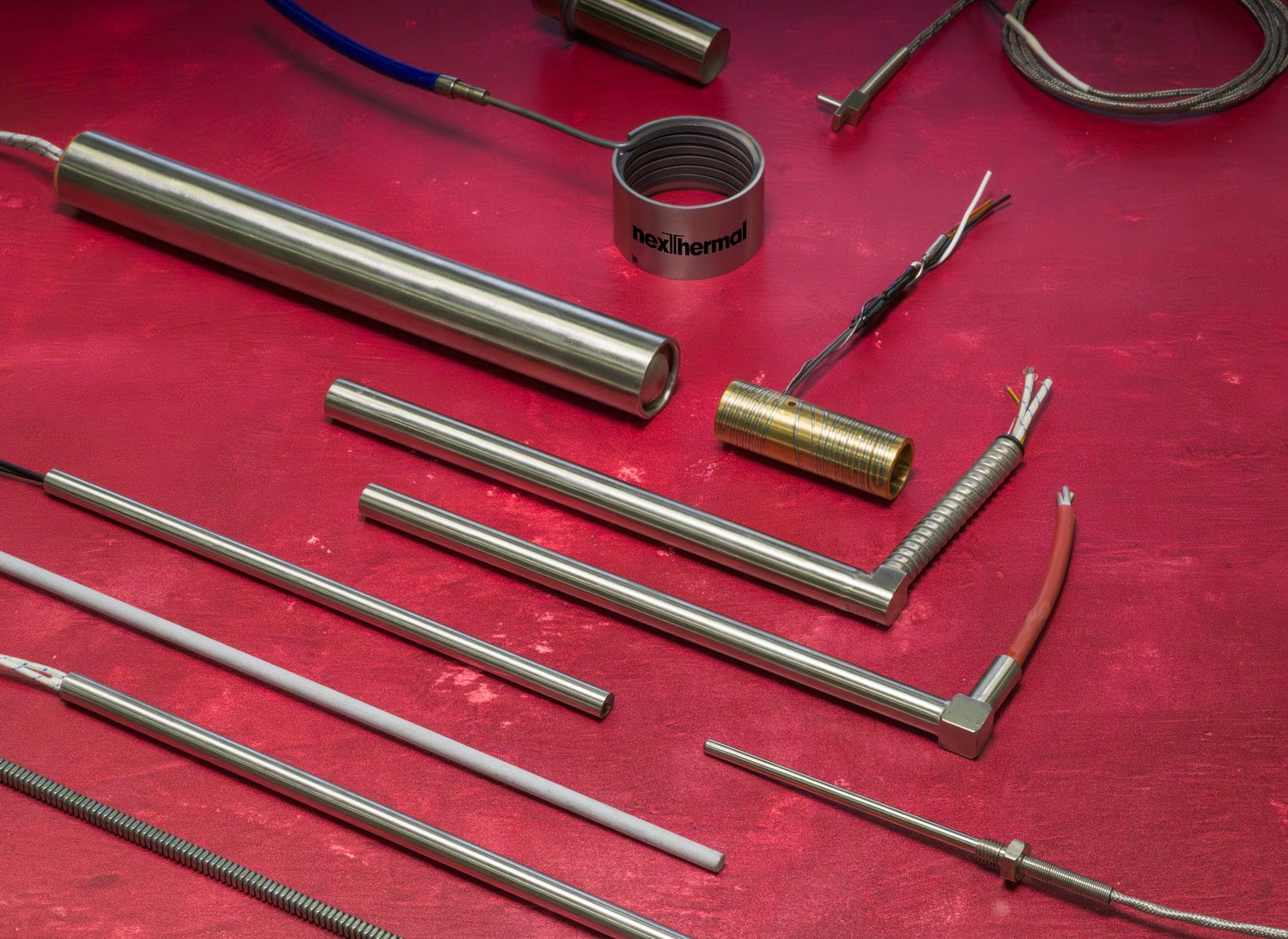Measuring our body temperature is common and not new to us, but have you wondered how we check the temperature of other objects? Our household thermometer is not enough to tell us that, hence we use a temperature sensor, for the same.
What is a Temperature Sensor?
A temperature sensor is a device used to measure the temperature of the air, liquid temperature or the temperature of the solid matter. It is an electronic device that converts temperature into an electrical signal. We use temperature sensors to help regulate and maintain cold and hot temperatures. One may find them present both in our everyday life as well as in industrial settings.
The sensor is made up of two metals that generate electrical voltage or resistance once it notices a change in the temperature and plays a vital role in maintaining a specific temperature within any equipment.
Types of Temperature Sensor
There are different types of temperature sensors that use different technologies and principles to measure temperature. There are two broad categories of temperature sensors – contact and non-contact. Contact sensors are primarily used in dangerous or hazardous areas.
Contact Temperature Sensors:
When a temperature sensor comes in contact with an object it senses the temperature and gives out an electrical signal. Thermistors, thermocouples, RTDs, thermostats are examples of contact temperature sensors.
- Thermistors
Thermistors consist of a sensing element that can be either glass or epoxy coated. They have 2 wires which can be connected to an electric circuit. They measure temperature by measuring the change in resistance of electric current and display precise, predictable and large changes in the alteration of various temperatures. We can find thermistors in our everyday appliances like fire alarms, refrigerators, ovens, etc. Thermistors are usually not too expensive.
- Thermocouple
A thermocouple sensor consists of two different metals joined together at one end to form a junction. When the junction of the two metals is heated or cooled, a voltage is created that is directly proportional to the temperature. This happens when there is a thermoelectric effect. They have the most extensive temperature range from -200 to 1750 degrees celsius. They are normally inexpensive as their materials and designs are simple. A mineral insulated thermocouple consists of an outer sheath that protects the thermocouple elements from damage and contamination. The sheath is malleable so it can be easily bent and formed into a variety of shapes to suit the application.
- Resistance Temperature Detector or PT100 RTD
RTD’s are also known as resistance thermometers. They measure the temperature through the resistance of the RTD element. The resistance increases as the temperature increases. The metal can be made of different materials including platinum, nickel or copper which are wound into a coil. RTDs have a much wider range and can measure extreme temperatures and are very precise in their measurements. A PT100 is a variety of an RTD, where PT refers to the material that the sensor is made of, which in this case is Platinum and 100 means that the RTD has a resistance of 100 ohms at a temperature of 0°C.
- Thermostat
The Thermostat sensor is an electro-mechanical temperature sensor or switch that is usually made up of two different metals such as nickel, copper, tungsten or aluminum and are bonded together to form a bi-metallic strip. A thermostat can be used to control and also measure the temperature.
Non-Contact Temperature Sensor
A non-contact temperature sensor is used to determine the temperature of the object without direct contact with its surface by using a technology that does not require any contact. The most common type of non-contact temperature sensors are thermal imaging and infrared sensors. They also include optical pyrometers, radiation thermometers and fiber optic sensors. The infrared sensors determine the temperatures from a distance by measuring the thermal radiation discharged by an object or heat source.
Temperature Sensor Range in Accuracy and Responsiveness
The accuracy of a temperature sensor is the highest difference between the actual value and the indicated value at the output of the sensor. The many factors that can affect temperature sensor accuracy include linearity, repeatability and stability. RTDs are the most accurate and stable temperature sensors and are more linear than thermocouples and thermistors. This is one of the primary reasons they are used when accuracy is critical while speed and cost are less important.
Trusted Sensor Manufacturers and Suppliers in North America
Nexthermal is a trusted sensor manufacturer and supplier in North America. Nexthermal can work with you to find the right industry-standard sensor or develop a sensor that is specific to your needs.











